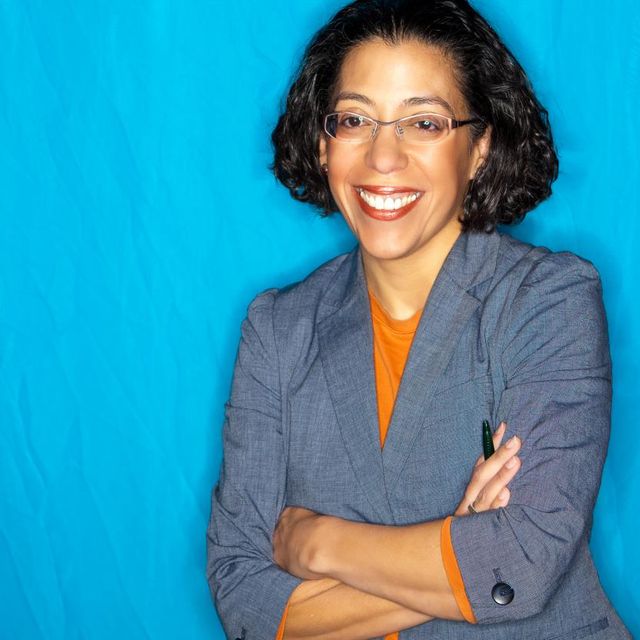

Latino art is commonly associated with the most recognizable cultural groups with deep roots in the United States--Chicanos, Puerto Ricans and Cuban Americans. However in recent decades artists with ties to other national-origin groups have become increasingly visible. The Washington, D.C. metro region is home to one of the largest Latino communities in the United States: Salvadoran Americans. Not surprisingly, one of the leading Salvadoran artists, Muriel Hasbun, has been based in our region since the 1980s. In this blog post, curator E. Carmen Ramos and curatorial assistant Florencia Bazzano-Nelson discuss Hasbun’s photographs that are featured in our current exhibition, A Democracy of Images, and the upcoming Our America: The Latino Presence in American Art, which opens to the public on October 25, 2013.
Artist and educator Muriel Hasbun is a member of the largest Latino community in the greater DC region. Hasbun grew up in El Salvador and settled here as a student in the 1980s. She is now department chair and associate professor of photography at the Corcoran College of Art + Design. Hasbun’s personal history and artistic development speaks to a larger Salvadoran experience of migration and endurance in the midst of adversity. A civil war, economic instability, and a series of natural disasters forced almost 30% of the population to flee El Salvador, the smallest Central American nation. Many Salvadorans sought refuge in Mexico, Nicaragua, and the United States. There are close to 500,000 Salvadorans living in DC and its suburbs, lending a sense of vibrancy and dynamism to Latino neighborhoods like “Chirilagua,” located in Northern Virginia and named after a town in El Salvador.
Hasbun’s photography was inspired by her mentor Ray Metzker’s inventive approach to the everyday. She often uses multiple exposures and layered imagery to re-imagine personally meaningful icons. Early series such as Santos y sombras /Saints and Shadows used such strategies to consider her unique family’s history. Hasbun is the child of Jewish and Palestinian parents who met in El Salvador. In her desire to understand her ancestral history, Hasbun turned to existing family photographs and documents to reconstruct their life stories and understand their reasons for migrating. In My Great Grandfather’s Altar, she captures an image of her great-grandfather in front a private domestic altarpiece he built in El Salvador in homage to his Greek Orthodox faith. Hasbun arranged various visual fragments in manner that generates a kaleidoscopic repetition of religious motifs: crosses, votive candles, and prayer books. Other works from the series explore her mother’s family, Polish Jews who lived in France and survived the Nazi occupation in hiding, often in Catholic convents. Throughout the series, Hasbun acknowledges the role of the Catholic Church as a spiritual refuge throughout her family’s history.
Hasbun’s more recent work, on view in A Democracy of Images, comes to terms with a challenging recent past. Many Salvadorans must overcome memories of a turbulent civil war. The emotional impact of these events are powerfully intimated in photographs from Hasbun’s X post facto (equis anonimo) series, which are based on dental x-rays left by the artist’s father, who was a practicing dentist in El Salvador. These works monumentalize the forensic tools used to identify remains and restore lost identities of victims of war. They suggest the wounds of history and the events that spur migration.
Even as her work continues to engage the history of her native country, Hasbun is very much a part of the DC artistic community. This fall she is teaching a course on Salvadoran art at the Corcoran College of Art + Design, and last spring she led a cultural exchange program connecting young students in El Salvador with their peers in the United States.


















